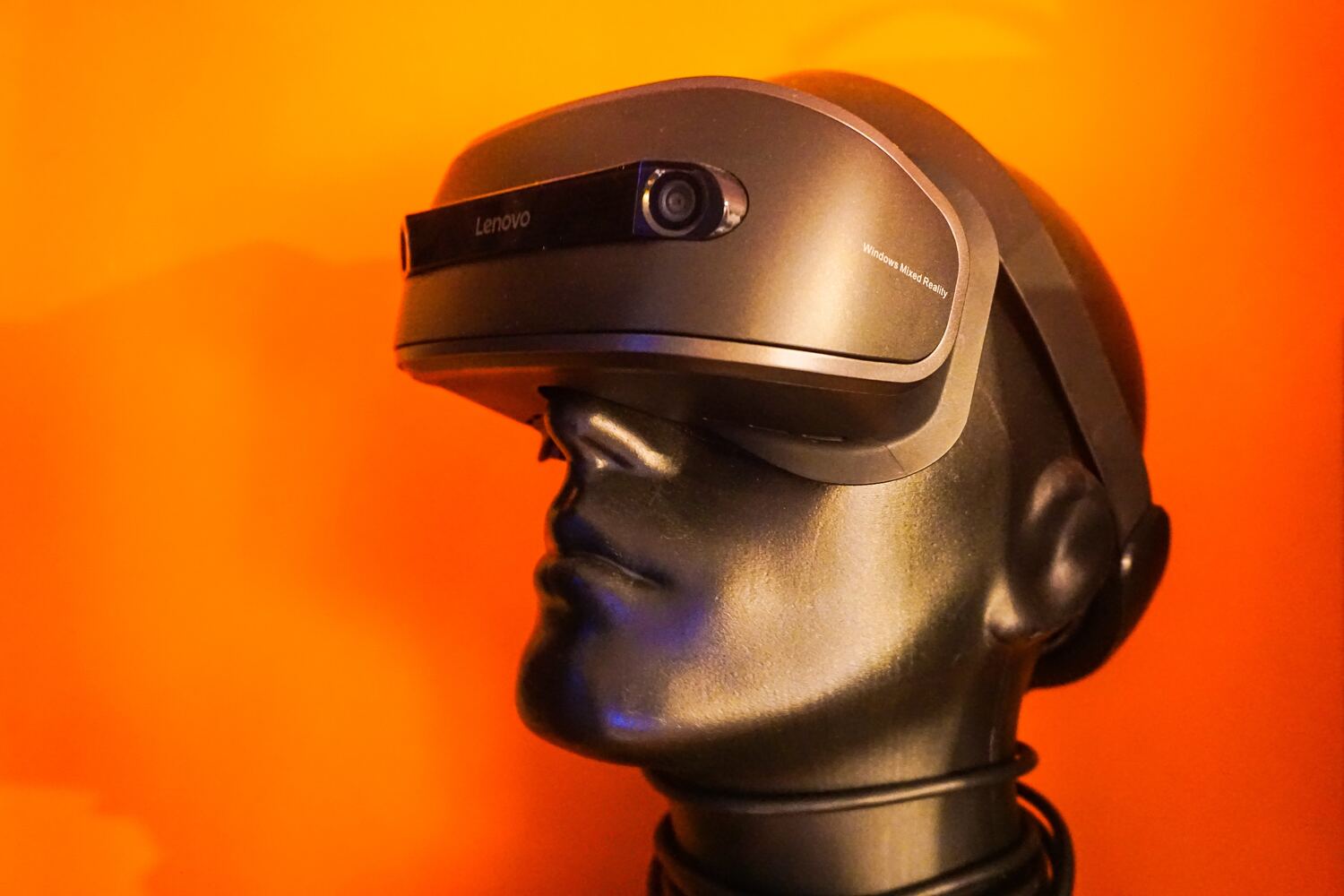What you will get from this article:
- Know the definition of Hyperautomation
- Learn the benefits of Hyperautomation for business
- Understand how to get start with Hyperautomation
Introduction
Is your organization struggling to keep up with the rapid pace of digital transformation? You’re not alone.
Fortunately, there is a solution in the form of hyperautomation.
What is hyperautomation and how can it benefit your business? In this article, we’ll take a closer look at why organizations are turning to this technology and how to get started with it.
Hyperautomation is the combination of several technologies, such as artificial intelligence (AI), robotic process automation (RPA), machine learning (ML), and process mining.
This combination takes automation to a whole new level, enabling organizations to streamline their operations and save time and money.
Hyperautomation can help businesses identify areas where automation will be most beneficial and reduce manual labor associated with mundane tasks.
Moreover, hyperautomation eliminates the need for manual intervention in repetitive processes, allowing businesses to focus on more strategic initiatives.
What Is Hyperautomation?
The newest buzzword in business is "hyperautomation."
Put simply, it's the use of intelligent automation tools to automate tasks and processes more quickly and with greater accuracy than ever before.
It takes automation to the next level, combining automated process flows, AI (artificial intelligence) and ML (machine learning).
What makes hyperautomation so powerful is that it can drastically improve the efficiency and accuracy of day-to-day operations.
By automating repetitive processes, you free up your workforce to focus on higher-value tasks.
It eliminates human error while allowing you to scale your operations faster and more cost-effectively.
From optimizing customer service delivery to streamlining HR processes, businesses of all shapes and sizes are turning to hyperautomation in order to increase their agility and efficiency.
In short, it's a must for any business looking to stay ahead of the competition in this rapidly changing world.
Why Hyperautomation Is the Future of Business

Hyperautomation is quickly becoming the go-to-market strategy for businesses looking to optimize their efficiency and boost their bottom line.
By leveraging the power of automation technology, businesses can automate a range of manual tasks, freeing up valuable time and resources that can be used elsewhere.
Here are just a few of the major reasons why businesses need hyperautomation:
- Reduced Costs: Automation technology can help businesses reduce labor costs by eliminating the need for manual, repetitive labor.
By automating those processes, businesses can save money and reinvest it into other aspects of their operations.
- Increased Efficiency: Hyperautomation allows businesses to automate complex processes that would otherwise take significant amounts of time, resulting in increased efficiency.
By leveraging automated processes, businesses can speed up their product development cycles and make quicker decisions.
- Improved Customer Experiences: Hyperautomation enables businesses to deliver better customer experiences by automating tedious tasks like customer service inquiries or order processing.
With this level of automation, businesses can offer faster responses and more personalized experiences.
The Building Blocks of Hyperautomation: RPA, AI, and More
Do you want to get started on hyperautomation but don't know where to start? Well, look no further!
Hyperautomation is powered by several key building blocks like Robotic Process Automation (RPA), Artificial Intelligence (AI) and more.
Let's take a deeper look at what each of these technologies is and why they are essential in hyperautomation.
Robotic Process Automation (RPA)
Robotic Process Automation (RPA) is all about using software “bots” or robots to replicate human actions.
This means that repetitive tasks can be automated, freeing up time for the employees and allowing them to focus on higher-value tasks.
RPA also ensures accuracy in processes that require manual inputs and cuts down on errors due to human involvement.
Artificial Intelligence (AI)
Artificial Intelligence (AI) uses algorithms to detect patterns in data sets and determine how they can be used better.
AI is used a lot in hyperautomation projects since it can analyze large amounts of data quickly, help with decision-making, optimize processes for better efficiency, and even predict outcomes of certain decisions or tasks.
Machine Learning
Machine Learning (ML) is similar to AI since it uses algorithms as well, but ML goes one step further by refining processes over time as it learns from its own experiences.
ML enables machines to learn how a certain task works and make decisions accordingly, while still being supervised by humans—it gives them the ability to evolve their decision-making skills over time through data-driven insights.
These building blocks are essential in building a successful hyperautomation project, allowing businesses to streamline their
How Hyperautomation Can Transform Your Business

So, how can hyperautomation transform your business? Well, first of all, it can help you create a more efficient and streamlined workflow.
Automating the mundane and repetitive tasks that take up so much of your employees' time will give them a chance to focus on more important, creative tasks.
Additionally, automating data entry and other tedious processes will help reduce human error and free up resources for other things.
Furthermore, hyperautomation accelerates decision-making by giving business leaders the real-time insights they need to make better decisions.
By utilizing machine learning technology, data analytics platforms are able to take large volumes of data and create actionable insights in seconds — insights that used to take days or weeks for employees to compile manually.
Finally, hyperautomation helps improve customer experience by allowing businesses to quickly respond to customer queries, automate customer service processes, and provide personalized services that customers expect.
This type of automation also helps improve operational efficiency as businesses are able to quickly process orders and deliver goods faster while simultaneously gathering valuable feedback from customers which can then be used to further optimize their services.
Getting Started With Hyperautomation: First Steps

Making the decision to begin the process of hyperautomation in your organization is an exciting and important one. Imagine it: increased productivity, cost savings, efficiency, and reliability. But where to begin?
Start With the Basics
Before diving into any big projects or investments, you should take stock of your current automation initiatives, as well as identify what processes can benefit from further automation.
Once these have been identified, outline a plan of action that can be implemented incrementally.
You don’t need to invest in everything immediately; start by automating the small things first and work your way up.
Prioritize What Can’t Wait
Your goal in automating should be to find the areas best suited for hyperautomation — those projects that will yield the highest return on investment in terms of time and money.
On top of that, prioritize activities that require immediate attention or are extremely complex — such as customer experience initiatives.
Secure Your Data
Data is key when it comes to hyperautomation and having secure access to reliable data sets is very important for success.
If you have a central data repository that all departments can use together as needed, this will help coordinate efforts and streamline process execution.
Hyperautomation can seem like a daunting task at first but by taking a step-by-step approach and focusing on relationships between core business tasks both within departments and throughout organizations as a whole, it can become more achievable — resulting in improved business operations for everyone involved!
Hyperautomation Success Stories and Case Studies

You've probably heard about how businesses all over the world are embracing hyperautomation as a way to get more out of their operations and reduce costs.
But you may be wondering what kind of success stories and case studies are out there that prove just how effective this technology can be.
These are some of the most notable hyperautomation success stories in recent years:
General Motors (GM)
In 2019, General Motors (GM) used hyperautomation to automate data from multiple sources of various types, including structured, unstructured and semi-structured data.
This resulted in a massive cost savings of up to 30%, as well as a reduction in manual labor needed to assemble complex vehicle models.
Capital One Bank
Capital One Bank used hyperautomation in 2020 to automate its document processing and analysis needs.
This allowed the bank to analyze millions of documents more quickly than ever before, leading to faster decision making and improved customer service.
National University System
The National University System implemented hyperautomation in 2020 that made it possible for the university system's online content library to self-manage itself by crawling relevant websites for content and then classifying the content according to keywords and topics.
This saved them thousands of hours that would have otherwise been spent manually organizing content into categories.
These are just a few examples — the possibilities are endless when it comes to leveraging hyperautomation for your own business’s needs!
Conclusion
Hyperautomation is rapidly becoming the norm for businesses striving to increase efficiency and remain competitive in an increasingly digitized world.
By leveraging the power of robotics process automation (RPA) and AI, businesses are able to automate more than ever before.
The real key to success with hyperautomation is proper implementation.
“When applied correctly, intelligent automation can make companies self-driving as well.”
Businesses must have a clear understanding of the processes and tasks that can be automated as well as the technologies they need to accomplish these goals.
Additionally, it is important to plan for contingencies and ensure that the technology is able to adapt to the dynamic and ever-changing nature of the business landscape.
Hyperautomation is here to stay. Businesses that invest in the right technology and plan properly for implementation will be well-positioned to reap the rewards of increased efficiency and improved customer service.








